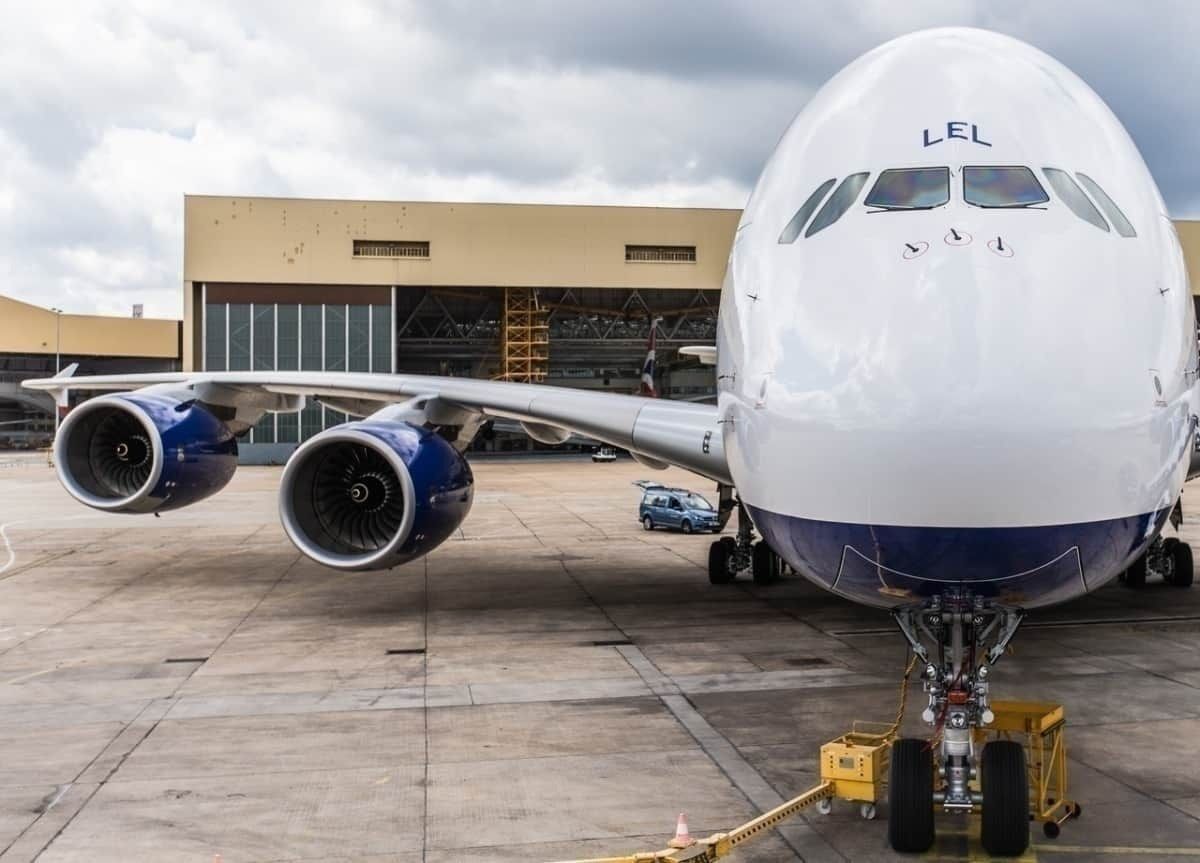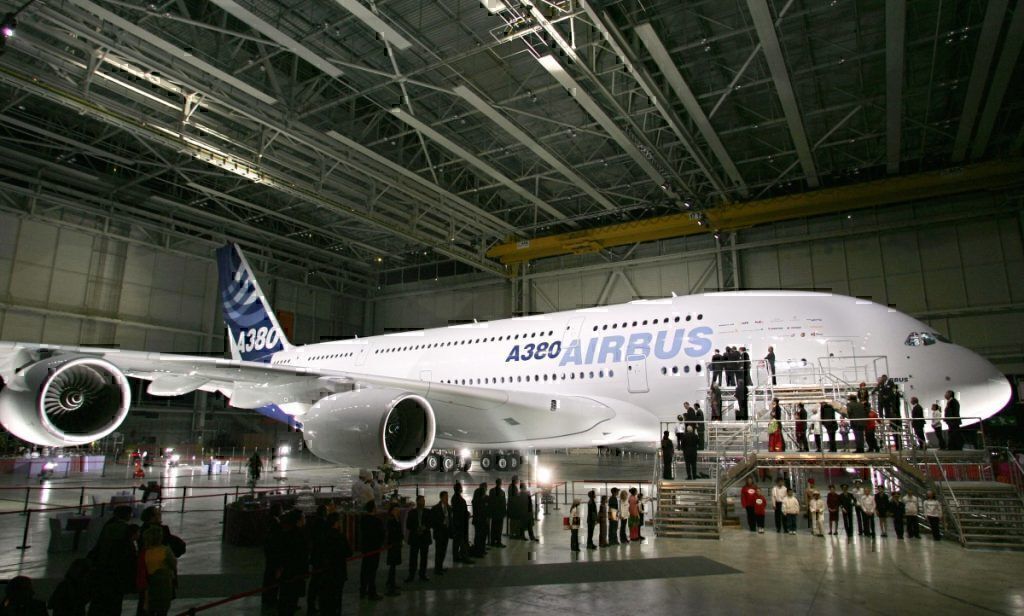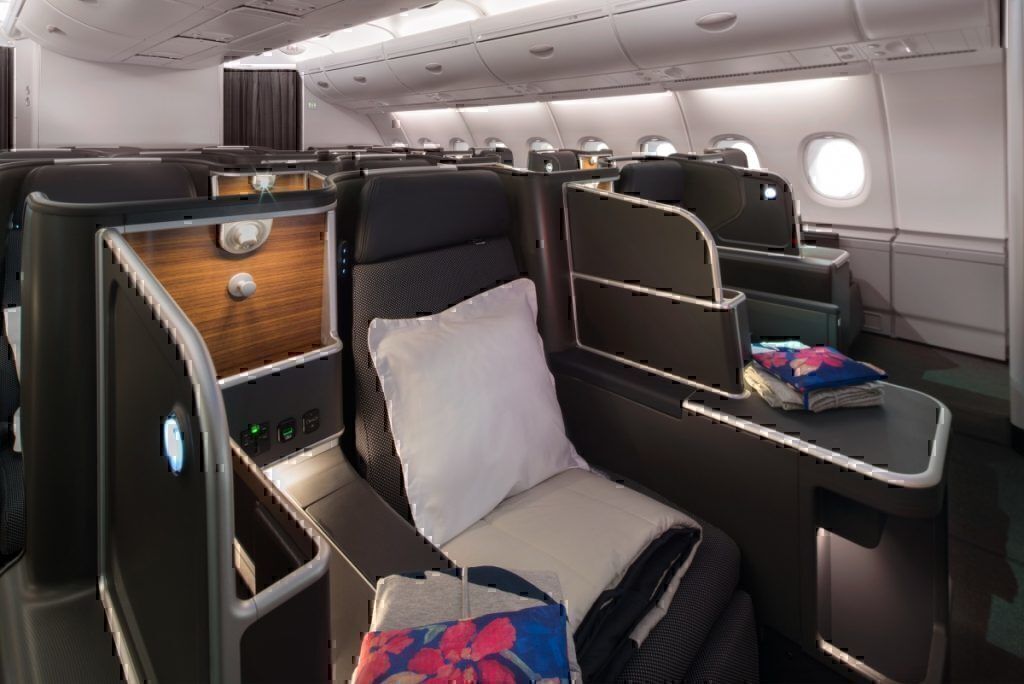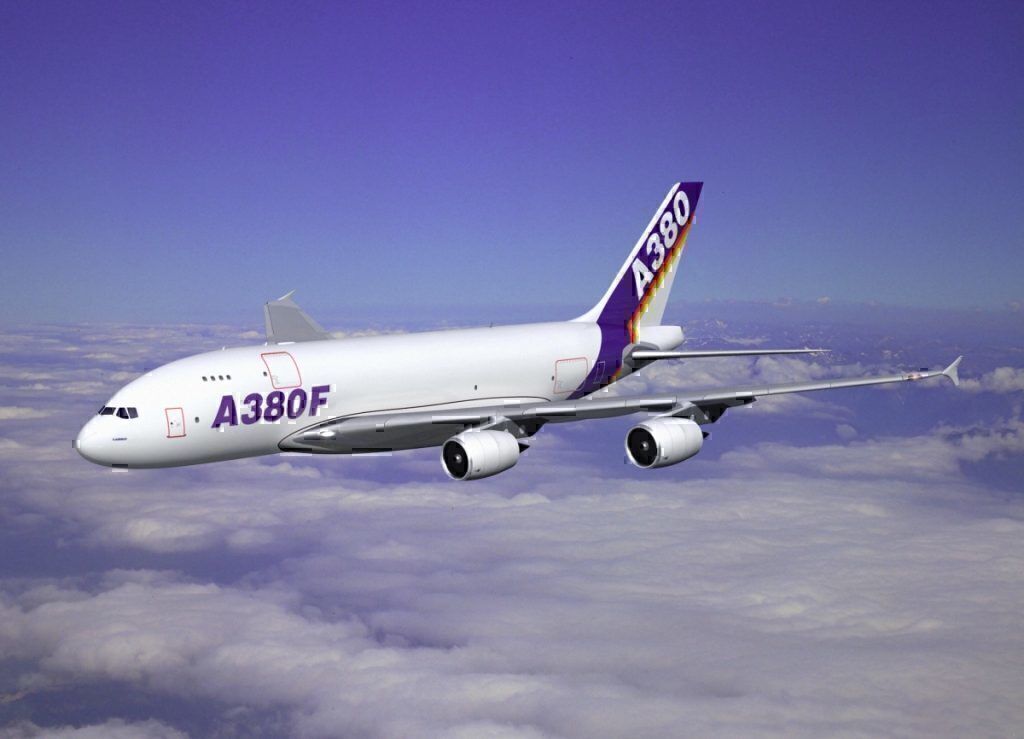Airbus has always maintained that it would support a second-hand market for the world’s biggest passenger jet, the A380. However, aside from Portuguese wet lease specialist Hi Fly, no airline has yet taken the plunge and bought a second-hand model. Is there really a future for the A380, and is there any appeal for a second-hand market?
The second-hand market
Second-hand aircraft, particularly large and expensive ones, have generally seen a healthy lifespan. Airlines such as Virgin Atlantic would never have got off the ground if not for the prospect of buying or leasing cheaper used aircraft. However, so far, the A380 has not enjoyed the same success as some other aircraft models.
Indeed, several A380s have already been sent to the scrapyard, despite only being young planes in aircraft terms. Although the Dr. Peters Group is expecting to get a good return on their investment in the scrapped aircraft when parts are sold, it’s still bizarre that the giant jumbo seems worth more as the sum of its parts than it is as a whole plane.
Airbus has previously said it would support a second-hand market for the A380, suggesting that it would provide maintenance and a mechanism for airlines to acquire and operate the type. The manufacturer reaffirmed this stance at the Dubai Airshow last year, and in February, announced a new partnership with a Singapore Airlines MRO business to reduce the cost of refitting the type.
And yet, despite all these efforts, there seems to be little interest in the A380 as a second-hand plane. Aside from Hi Fly, no other airline has ever purchased a second-hand A380, and most that are exiting airline fleets are sent directly to aircraft graveyards for scrapping.
A new challenge for the A380
Operating the A380 is an expensive business. Its four engines double the maintenance costs over that of maintaining a twinjet equivalent, and the plane is only really economical to fly if all the seats are filled. This has proven to be tricky in the past, and with new generation technologies taken into account, it is both cheaper and more flexible to fly multiple modern airliners than it is to use an A380.
Indeed, the Qantas CEO Alan Joyce once told Business Insider Australia that,
“If we were to fly two 787s tail-to-tail, the per-seat cost would be less than the A380”.
Despite this, Qantas has been enthusiastic about its A380 fleet, undertaking a multimillion-dollar project to refit the type with new and modern interiors. However, since that decision was taken, the A380 has encountered perhaps its biggest challenge to date.
The coronavirus crisis has stunted travel demand and is predicted to continue to impinge on passenger traffic for many years to come. This has seen numerous airlines beginning to retire the type early, and many more to reconsider their long term long-haul fleet strategies. Even Qantas has pressed pause on its refit program and has admitted that perhaps not all 12 will return to its future fleet.
With limited uses as a passenger plane forecast for the giant jumbo, is there another role that the A380 could play in the future aviation market?
Where could the A380 be useful?
While the demand for passenger A380s looks to be dwindling, could the aircraft find a new lease of life as a freight mover? On the surface, it seems unlikely, as inherent issues with using the passenger jets in a cargo capacity hamper its competitivity.
However, there is an A380 that could serve to break the mold. One A380 is currently sitting at Lufthansa Technik in Germany, having conversion work done to make it a suitable cargo workhorse. While the details of the conversion remain under wraps, it could mean it’s having a rear cargo door fitted, perhaps even a top level one too.
As such, when it’s completed, the world could see its first-ever A380F, or at least an A380 combi, capable of moving both cargo and passengers. This could prove to be a useful tool in a post-COVID world, where fewer passenger planes flying will leave a gap in the cargo market.
Even with cargo doors, the A380 still has some weight and range issues to overcome. In general, it will always be outpaced by better freight movers such as the Boeing 747. But for airlines looking to shift the youngest A380s into some sort of useful capacity, it could be a solid option.
We’ll be watching what comes out of Lufthansa Technik’s hangar with great interest, that’s for sure!




